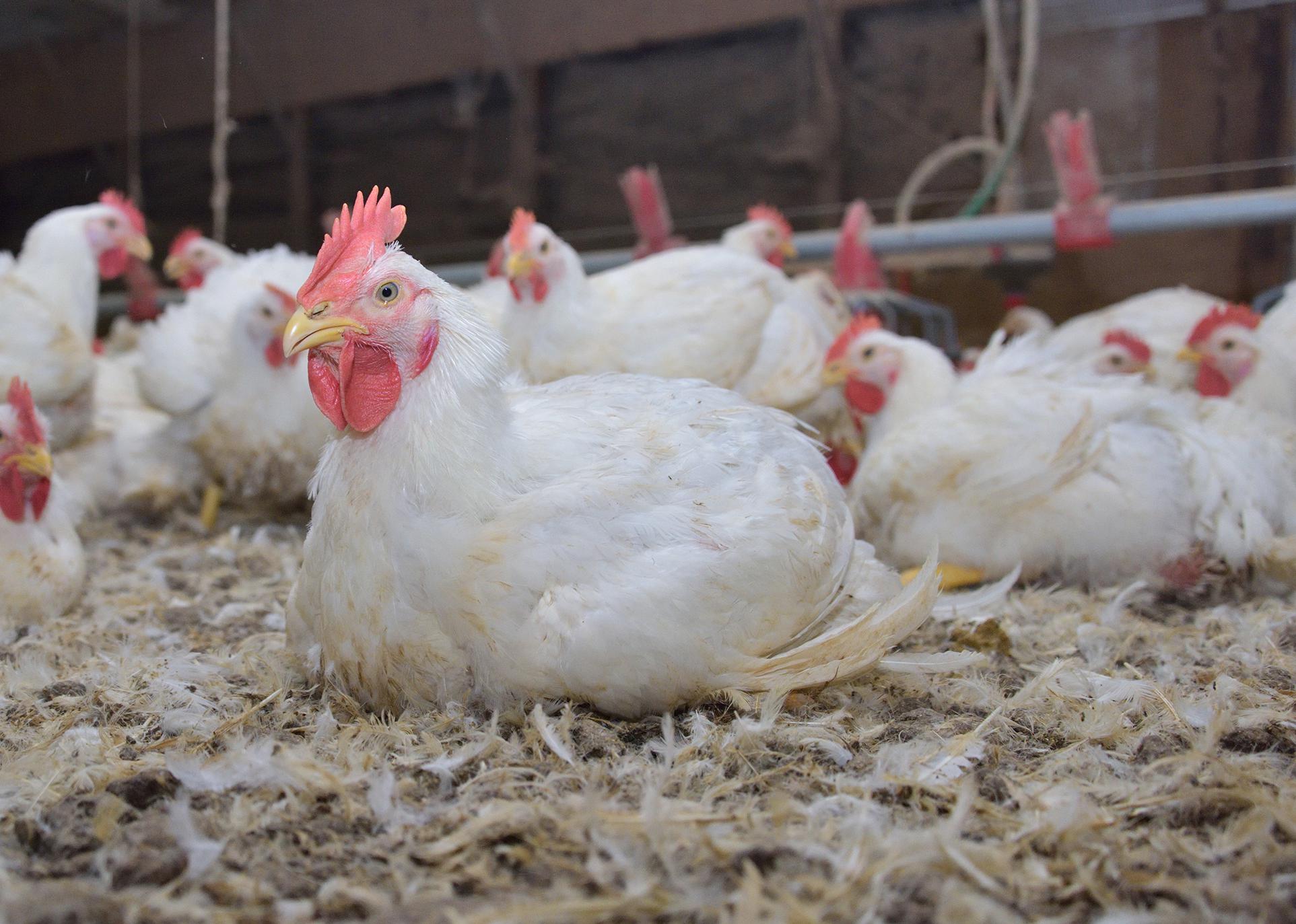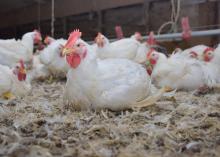Information Possibly Outdated
The information presented on this page was originally released on December 18, 2019. It may not be outdated, but please search our site for more current information. If you plan to quote or reference this information in a publication, please check with the Extension specialist or author before proceeding.
Poultry retains the top spot in MS agriculture
STARKVILLE, Miss. -- Overcoming every challenge that comes its way, Mississippi’s poultry industry maintained its 25-year streak in 2019 as the state’s No. 1 agricultural commodity.
Broilers, eggs and chickens brought an estimated $2.78 billion to the state’s economy, down 3 percent from a record high in 2018. The biggest challenges came from reduced egg prices and a huge industry shift to “no antibiotic ever” -- or NAE -- poultry production.
Tom Tabler, Mississippi State University Extension Service poultry specialist, said recent years have been difficult for the industry.
“Part of the challenge has been that more and more companies are producing chickens with NAE,” Tabler said. “To make NAE work, you have to stress the birds less. That means most companies have gone to a longer downtime between one flock and the next, and decreasing the density of the birds in the houses.
This 23-second video by the Mississippi State University Extension Service features still photos and videos of the Mississippi poultry industry. It presents five facts about this industry.
“Both of those amount to decreased pay to farmers. They are paid on the pounds of meat they sell, and reducing the density reduces the number of pounds they will sell,” he said. “In addition, increasing the downtime between flocks may mean they will have fewer flocks per year.”
Historically, poultry producers have used a tiny amount of antibiotic at the hatchery and a small amount in the feed. This antibiotic allowed the birds to overcome most sicknesses they might have encountered in their lives.
Broilers grown without antibiotics have to be grown in cleaner, more uniform and less stressed situations. Mortality rates are higher, as chickens that contract a sickness may not be treated, or the treatment may be postponed based on the specifics of particular NAE programs.
“Everything has to be done better because NAE birds cannot take much stress,” Tabler said. “Raising NAE birds forces us to go back to the basics and get things right from the start to the finish, from pullet flocks to broilers.”
Tabler said this process ultimately is a good thing, as it requires operations to be very clean and careful. However, it practically requires learning how to grow chickens all over again.
“We’re having to learn to do things differently and better,” he said.
Mississippi is on pace with this national trend to NAE poultry production, Tabler said. About half the chickens produced in the United States are in some form of NAE program. Ironically, although many consumers want NAE chicken, they are unwilling to pay higher prices, and NAE chicken has a higher cost of production.
“NAE is a doable program, but it is less sustainable, has more of a carbon footprint and makes a greater environmental impact because you have to hatch more chickens because more die. More chickens use more feed and water, produce more waste that must be managed in an environmentally sound manner, and require more land to grow additional feed grain,” Tabler said.
“American markets are demanding more of this product, but world markets do not,” he said.
Josh Maples, Extension agricultural economist, said despite this challenge, broiler production is estimated to be slightly higher in 2019 than it was in 2018.
“An estimated 804 million broiler chicks were hatched in Mississippi in 2019 compared to 800 million in 2018,” Maples said.
In 2018, U.S. broilers averaged 98 cents per pound. The estimate for 2019 is 88 cents per pound.
“Larger broiler supplies are one of the reasons for weaker prices in 2019 as compared to 2018,” Maples said.
Eggs experienced a 33 percent decline in overall value, the result of increased production and larger supplies.







